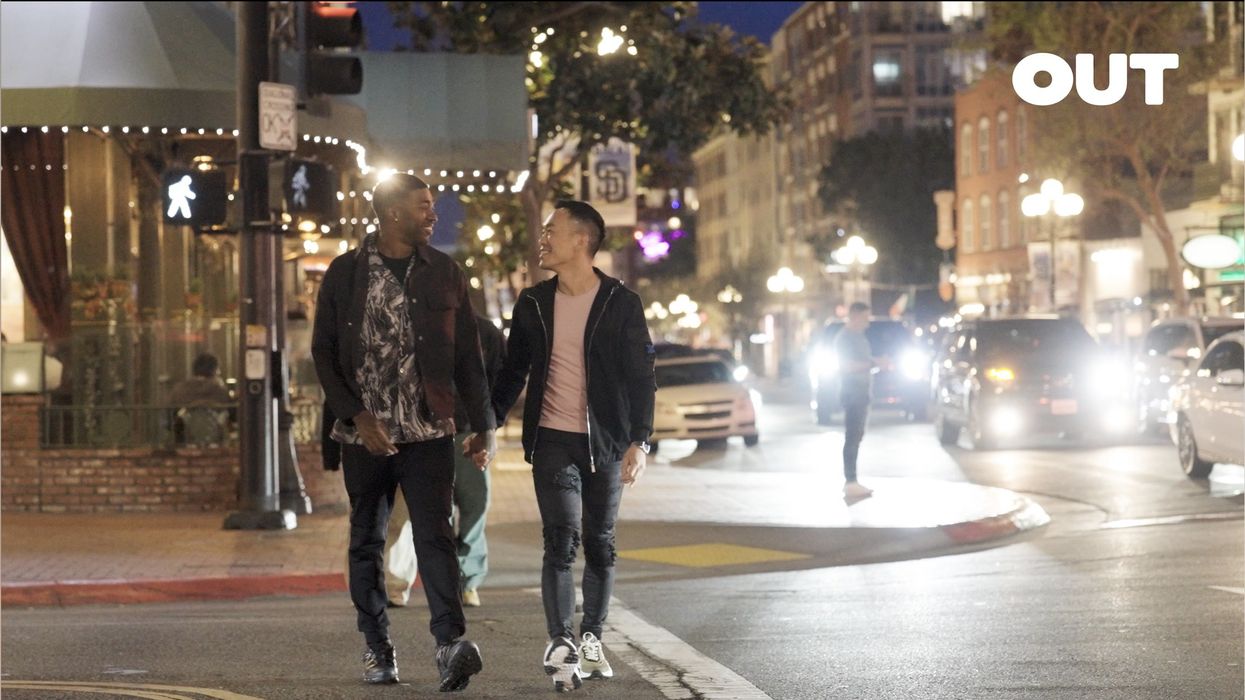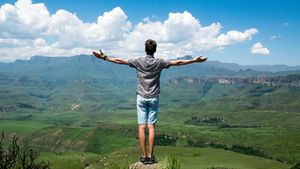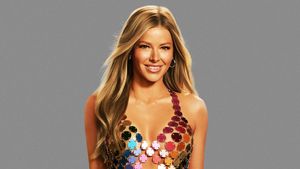Adventures in Tokyo, Part I
Photos: Nikko Lencek-Inagaki
Standing at the top of Tokyo Metropolitan Tower (free; open until 11:00pm; pictured above) with the impossibly large and uncentered diffusion of city lights below us, a travel companion summed Tokyo up best: "I don't get it. But I don't think anybody does, anyway." Nodding to no one in particular, we joined flocks of Japanese tourists in pressing our cameras and faces against the 360-degree glass windows which, magically, never got dirty. Incidentally, the Japanese word for "pretty" is the same as for "clean".
 Since renting bicycles (500 Yen, or $5.00 for 7 days at Sumida Park in Asakusa), the city has become far more accessible. Tokyo's metro system and three or four train lines blanket the city, but trying to decipher the maps and distance-based pricing scales would give MENSA-level geniuses an anyeurism, even with this handy guide. Download the metro map here
and JR train map here.
Since renting bicycles (500 Yen, or $5.00 for 7 days at Sumida Park in Asakusa), the city has become far more accessible. Tokyo's metro system and three or four train lines blanket the city, but trying to decipher the maps and distance-based pricing scales would give MENSA-level geniuses an anyeurism, even with this handy guide. Download the metro map here
and JR train map here.
If at all possible, any visitor should check out the Harajuku neighborhood of Tokyo, where youths don elaborate role-playing-like Gothic/Lolita/Princess/Elvis costumes to parade the streets and, especially on Sundays, the nearby Yoyogi Park, which also houses the beautiful Shinto Meiji Shrine.
Luxury shopping queens will love the Omotesando Hills mega-mall a short walk away, while the side streets off Harajuku's main drag, Takeshita Street (pictured above), will surprise visitors with high-end international labels. On Takeshita street, make sure to stop in at one of the many crepe stands which serve beautifully-crafted French crepes stuffed with decidedly un-French combinations of fruit, chocolate, sugary whipped creme and more chocolate (pictured above).
On every visitor's map, the Senso-ji Buddhist Temple in Asakusa (pictured above) is Tokyo's oldest. Concentrated shopping alleys, like spokes to the temple's axel, belie its spiritual importance to locals and Japanese tourists. Around 5am, one can usually find a serious Buddhist service being performed for an eclectic array of businessmen, old women and tourists.












































































